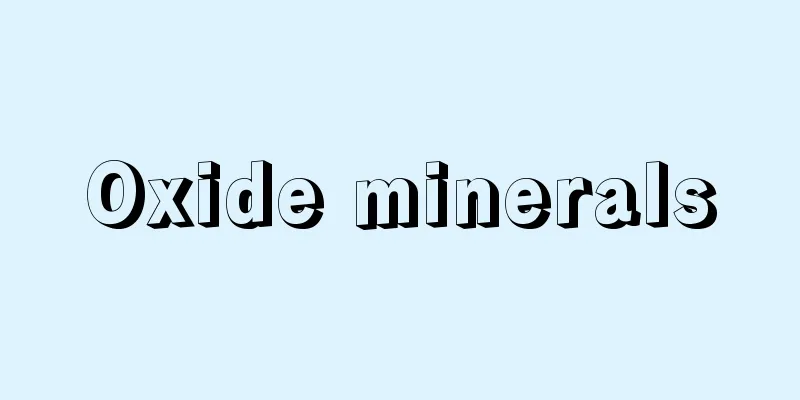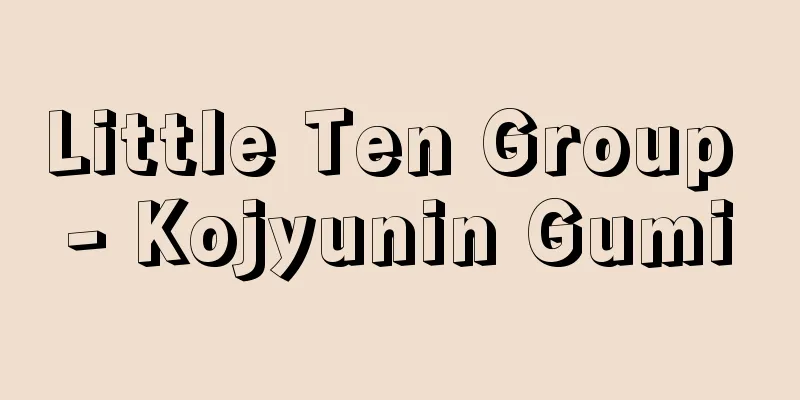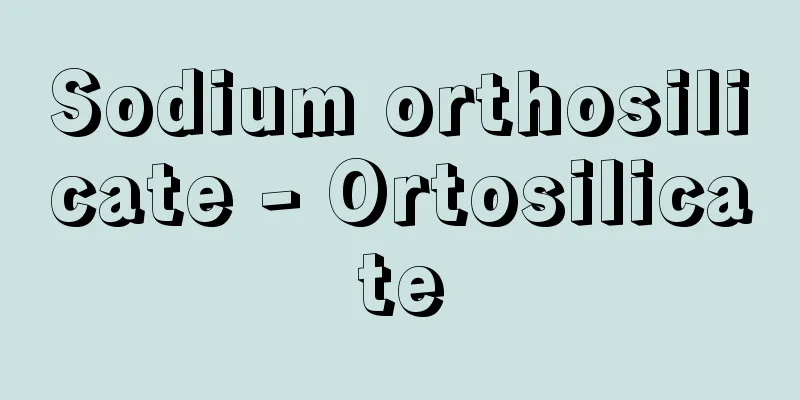Oxide minerals

|
A mineral that is composed of oxygen and other elements, and that is the main component of the mineral. It is one of the categories in the mineral classification. It includes oxides, double oxides, and hydroxides of metals, metalloids, and some nonmetals. It is further divided by the ratio of metals to oxygen or hydroxyl groups. In terms of oxygen ratio, examples include 1/2 (cuprite), 3/4 (paramelaconite, chemical formula Cu 1+ 2 Cu 2+ 2 O 3 ), 1 (chrysophyllite), 4/3 (spinel), 3/2 (hematite), 2 (quartz), 3 (molybdite, chemical formula MoO 3 ), and 4 (studtite, chemical formula UO 4 H 2 O (excluding water of crystallization)), and there are examples with a ratio of 2 (brusite) and 3 (gibbsite) for hydroxyl groups. In terms of origin, there are primary minerals and those that are formed secondarily from existing minerals, and most of the oxides of heavy metals and metalloids belong to the latter category, and most of them are formed under neutral or alkaline conditions. Some primary oxide minerals combine with silicic acid to form stable silicates (such as pyrolusite and corundum), and their formation requires an environment that is relatively poor in silicic acid. Its uses include ores (cassiterite, magnetite, hematite, gibbsite, rutile, uraninite), gemstones (corundum and charobertite), abrasives (corundum and spinel), and the chemical industry (manganese dioxide for dry-cell batteries). In the past, it was also used as a pigment (hematite). [Akira Kato September 16, 2016] [References] | | | | | | | | |Source: Shogakukan Encyclopedia Nipponica About Encyclopedia Nipponica Information | Legend |
|
酸素と他の元素が化合した組成をもつ鉱物で、それがその鉱物の主体をなすもの。鉱物の系統分類による類の一つ。金属および半金属、一部の非金属の酸化物、複酸化物、水酸化物などが含まれる。金属などと酸素あるいはヒドロキシ基との比によって細分される。酸素との比では、2分の1(赤銅鉱)、4分の3(パラメラコナイトparamelaconite、化学式Cu1+2Cu2+2O3)、1(緑マンガン鉱)、3分の4(スピネル)、2分の3(赤鉄鉱)、2(石英)、3(モリブダイトmolybdite、化学式MoO3)、4(シュトゥット石studtite、化学式UO4・H2O(結晶水を除く))などの例があり、ヒドロキシ基については、比が2(ブルース石)および3(ギブス石)のものが存在する。成因的には、初生のものと既存の鉱物から二次的に生成されるものとがあり、重金属や半金属の酸化物の多くは後者に属し、またその大半は中性ないしアルカリ性条件下の産物である。初生の酸化鉱物のなかには、ケイ酸分と結合して安定なケイ酸塩をつくるものがあり(緑マンガン鉱、コランダムなど)、これらの生成に関しては、ケイ酸分に比較的乏しい環境が必要である。 用途として、鉱石(錫石(すずいし)・磁鉄鉱・赤鉄鉱・ギブス石・金紅石・閃(せん)ウラン鉱)、宝石(コランダム・金緑石)、研磨材(コランダム・スピネル)、化学工業用(乾電池用二酸化マンガン)などがあり、古くは顔料(赤鉄鉱)といったような用途もあった。 [加藤 昭 2016年9月16日] [参照項目] | | | | | | | | |出典 小学館 日本大百科全書(ニッポニカ)日本大百科全書(ニッポニカ)について 情報 | 凡例 |
<<: Cobalt Oxide - Sanka Cobalt
>>: Silicon oxide (silicon oxide) - Sankakeiso (English spelling) silicon oxide
Recommend
Satoko Kawase
Born: September 3, 1873 in Kumamoto [Died] August ...
Stone Throwing Battle - Ishinage Gassen
... The samurai era's Injida was still practi...
Ii the Cleansing Chief - The God of Good Things
→ Naosuke Ii Source: Shogakukan Encyclopedia Nipp...
Gödel - Kurt Gödel
American mathematician. Born in Brun (now Brno, C...
Kajima Construction Co., Ltd.
A major construction company founded in 1840 by lo...
Hirukawa [village] - Hirukawa
A village in Ena County, eastern Gifu Prefecture, ...
Papal Grace Office - Papal Grace Office
… [History] The Holy See originally consisted of ...
Kahn, A.
…The first reinforced concrete factory in the Uni...
Nissei - Nichijo
Year of death: Ōan 2/Shohei 24.6.27 (1369.7.31) Ye...
Social worker/care worker - Shakai fukushi shikai go fukushishi
This system is based on the "Social Workers a...
Stanley Pool
The name given to the area in central Africa where...
Antiochus [III] - Antiochus
King of the Seleucid Empire of Syria (reigned 223-...
Luwian language - Luwian (English spelling)
A language spoken in southern Asia Minor around th...
brass
…Here we can see a typical example of the idea of...
Raoul Dufy
French painter. Born in Le Havre on June 3rd to a...









